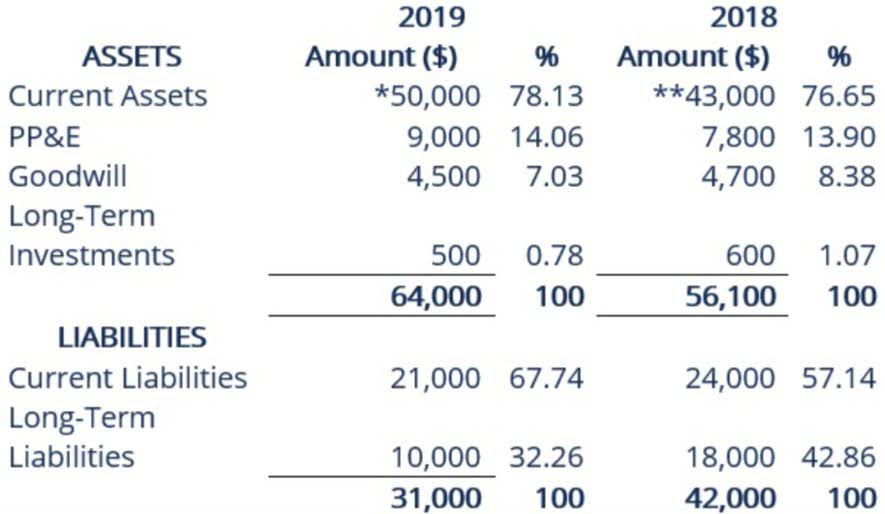
Discover the secrets to successfully selling on Pinterest with our comprehensive step-by-step guide. Discover the step-by-step guide on how to create a powerful and Bookkeeping for Chiropractors profitable ecommerce Shopify store for your business. Knowing both ends of this spectrum can help a business make sound and informed decisions.

Inventory Management Software

A shorter operating cycle might suggest a company’s efficiency in managing its inventory and receivables, while a longer one could imply delays or slower turnover. You calculate the operating cycle by adding days inventory outstanding to days sales outstanding. Before we dive into the mechanics of calculation, we need to know what we’re dealing with. An operating cycle can be understood as the average time a business takes to make a sale, collect the payment from the customer, and convert the resources used into cash.
- Recall from Chapter 2 that Big Dog paid for a 12-month insurance policy that went into effect on January 1 (transaction 5).
- Compare current account and saving account options to find the best fit for your financial needs, goals, and lifestyle.
- The ‘inventory period’ measures how many days on average the inventory remains in the system before it’s sold.
- It measures the average number of days it takes for a company to pay its suppliers after receiving goods or services.
- A shorter operating cycle can be beneficial for companies as it allows them to quickly turn their inventory and generate cash flows.
- To reduce your DSO, focus on efficient accounts receivable practices, including clear credit policies, prompt invoicing, automated reminders, regular reconciliation, and offering early payment incentives.
Understanding the Operating Cycle: A Guide to Calculation

An operating cycle is a vital concept in business operations that helps companies manage their cash flow efficiently. It refers to the time it takes for a company to acquire inventory, convert it into finished goods, sell the goods, and receive payment from customers. Understanding the operating cycle is crucial for businesses as it impacts their liquidity, profitability, and overall financial health. Identifying areas for improvement based on the operating cycle formula can help businesses streamline their operations, reduce costs, and improve cash flow.
- Payables, on the other hand, are the bills you owe to suppliers, and managing them effectively can help reduce the operating cycle.
- The purpose is to ensure that the debits and credits in the general ledger are equal and that all temporary accounts have been closed.
- This means a business can avoid cash flow problems and maintain a healthy financial position.
- By familiarizing yourself with the key components of an operating cycle, you can gain insights into how businesses operate and make informed decisions.
- A cost is recorded as an expense if it will be used or consumed during the current period to earn revenue.
Accounts Receivable Management
- Conversely, a high DSI may indicate that you have excessive inventory on hand or that products are not selling as expected.
- When the income summary is closed to retained earnings in the third closing entry, the $2,057 credit balance in the income summary account is transferred into retained earnings as shown in Figure 3.12.
- The Plant and Equipment asset account is not credited because, unlike a prepaid, a truck or building does not get used up and disappear.
- This helps maintain a steady cash flow, reduces the risk of bad debts, and ensures you have funds available for immediate use or investment.
- Thus, several management decisions (or negotiated issues with business partners) can impact the operating cycle of a business.
By understanding the Sales (SO) component of the operating cycle, you can gain valuable insights into your company’s cash flow and make informed decisions to unearned revenue optimize your sales and collection processes. Companies strive for a shorter operating cycle because it shows they are doing well with inventory turnover and cash flow management. On the other hand, the accounts payable payment period indicates the company’s payment practices with its suppliers. It measures the average number of days it takes for a company to pay its suppliers after receiving goods or services. A longer payment period may suggest that the company is taking advantage of favorable credit terms or negotiating extended payment periods with its suppliers.

Compare current account and saving account options to find the best fit for your financial needs, goals, and lifestyle. On January 15, Big Dog received a $400 cash payment in advance of services being performed. If your operating cycle is too long you may benefit operating cycle from additional working capital to meet your current obligations. CFI is the global institution behind the financial modeling and valuation analyst FMVA® Designation.



No responses yet